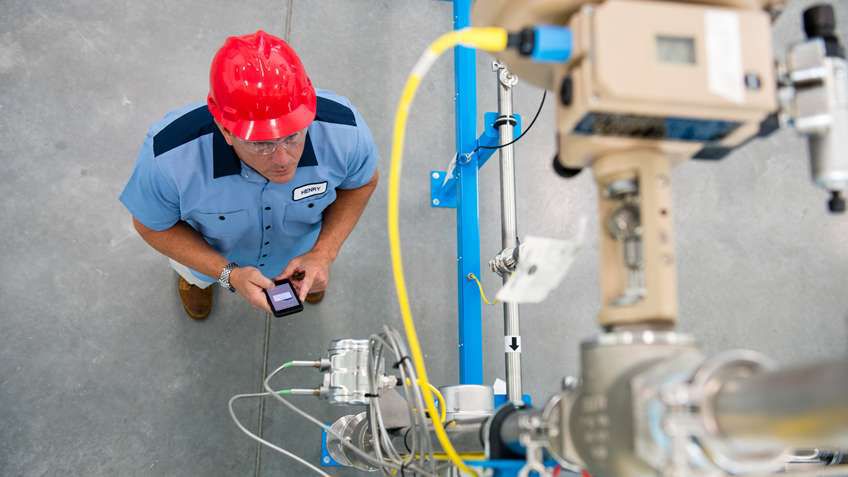Recommended For You
As LNS confirmed in its 2019 Connected Worker research, industrial digital transformation (IX) is more than a trend, and its focus is broadening to digitally integrate frontline workers into overall operational management systems. Think remote operations centers created to access and scale rare or expert skills, and mobile and augmented reality technologies used to capture data, obtain digital work instructions, and receive in-context training.
Why the change? LNS cited three demographic and technology shifts:
- Labor shortage impacts including skill, experience and knowledge losses
- IX programs introducing new digital technologies changes required workforce competencies
- Latest generation workforce comprised of digital natives with new expectations and perceptions regarding technology and attitudes about work
As industrial organizations address these shifts, LNS advised that their approach needs to include rethinking how they manage their frontline workforce and the role of Connected Worker digital technologies in meeting hiring, training and retention challenges. The LNS study offered five recommendations to guide this approach:
- Select use cases for investment based on expected business outcomes.
- Use a structured approach to select candidate connected worker use cases.
- Do not underestimate the importance of cultural readiness.
- Focus Connected Worker Initiatives on ‘What’s in It for Me?’.
- Harness the power of advanced analytics including artificial intelligence (AI).
As an industrial manufacturer ourselves, thinking about these recommendations invited us to reflect on our own experiences and Connected Worker or ‘digital workforce productivity’ initiatives. We’ve always focused on IX from the perspective of connecting ‘people, process and technology’. In implementing our digital workforce productivity program, we’ve found that these cornerstones are equally critical factors.
Take prioritizing candidate use cases for example. LNS advises starting with low risk projects to prove value before proceeding with ‘home run’, big-bang projects.
In response to an ISO audit violation at one of our plants, we digitized all of our employee training records so that only those employees who are trained on particular workstations can use those workstations. The violation was triggered when we were unable to produce a training record for a particular employee in response to an auditor’s request. We could not provide documentation that our employee had completed the proper training. By implementing digitized training records, we’ve ensured that the issue will not recur, and, as a by-product, we’ve also simplified recertification and performance management efforts. We can track overall and individual employee performance and trigger re-training / re-certification as needed.
The project was low risk in terms of complexity in digitizing the training records, and it yielded significant value in terms of our ability to demonstrate compliance and manage re-certification / performance management efforts. We effectively used technology to change our process to manage our people’s skills and performance.
As an organization, we’ve discussed this and the other four LNS recommendations, with the goal of unpacking them and formulating our own examples, guidelines and best practices based on our experience. As we continue to develop and extend our IX program each day in our manufacturing facilities, we’re eager to share our thoughts and advice with you, our customers, to help you transform your business and keep up with new technologies.
With this in mind, this year, we’ve planned a series of webinars focused on operations management topics. The first of these, which builds on the LNS Connected Worker study and is entitled ‘Meet the Digitally Augmented, Multi-skilled Worker’ is scheduled for March 27th at 10:00 am Central. I am so excited to kick off this series with you, so please register today to join me for the live broadcast and / or get a link to view on demand if you can’t make it live. I hope you can participate, and feel free to submit questions and comments in advance. You can reach me at rasoftware@ra.rockwell.com.
Published February 28, 2020

